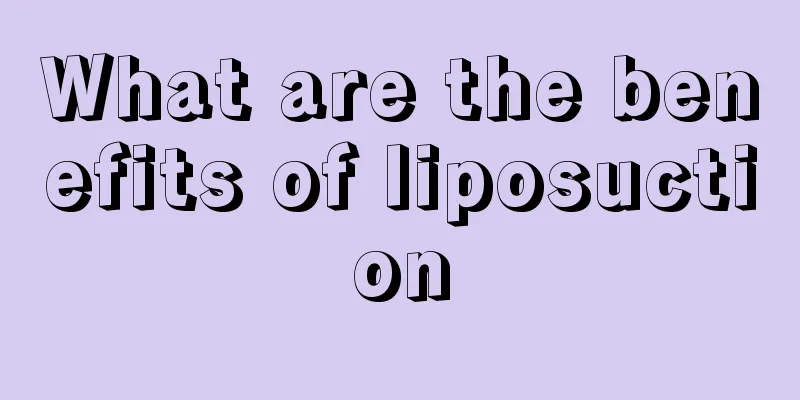How to Normally Diagnose Cholangiocarcinoma

|
Many people may be unfamiliar with bile duct cancer, but the incidence of this disease is increasing year by year. How to diagnose bile duct cancer normally is a professional issue. As an ordinary person, it is difficult to explain the essence of it. Today, I have sorted out some diagnostic methods for your reference. Cholangiocarcinoma refers to a malignant tumor originating from the extrahepatic bile duct, including the bile duct from the liver hilar area to the lower end of the common bile duct. Its etiology may be related to diseases such as bile duct stones and primary sclerosing cholangitis. Clinical treatment methods include surgery, radiotherapy, chemotherapy, etc., but the prognosis is poor. Cholangiocarcinoma can be diagnosed based on clinical manifestations. The diagnosis can be further confirmed by combining laboratory tests and imaging tests. The development of imaging diagnosis has provided an effective means for the diagnosis of cholangiocarcinoma. The first differential diagnosis is common bile duct stones, which are characterized by paroxysmal incomplete biliary obstruction accompanied by the triad of symptoms unique to cholelithiasis; while malignant obstructive jaundice is generally persistent. Malignant tumors at the lower end of the common bile duct are often accompanied by gallbladder enlargement, while stone obstruction is less common. If the gallbladder is not enlarged, diseases such as primary bile duct sclerosis, drug-induced jaundice, and chronic active hepatitis should be ruled out clinically. The differential diagnosis should consider other causes of extrahepatic and intrahepatic cholestatic jaundice. Common bile duct stones are characterized by episodic partial obstruction with the characteristic triad of cholelithiasis (jaundice, abdominal pain, and fever), while malignant obstructive jaundice is generally painless and progressive. In obstruction caused by stones, bilirubin rarely exceeds 150 mg/L and is usually below 100 mg/L. Malignant tumors at the lower end of the common bile duct are often accompanied by gallbladder enlargement, while stone obstruction is less common. Obstructive jaundice accompanied by painless gallbladder enlargement is often a sign of tumor. Patients with cholestatic jaundice that lasts for more than 2 weeks and whose diagnosis is unclear should undergo further imaging examinations for confirmation. When diagnosing extrahepatic bile duct cancer, especially hilar bile duct cancer, it is also important to pay attention to the analysis of differential diagnosis and obtain confirmation of histological diagnosis. This is very important, especially paying attention to the differentiation of benign inflammatory stenosis in the hilar area; pancreatic head cancer; gallbladder cancer invading the hilar area; intrabiliary cancer thrombus caused by hepatocellular carcinoma invading the bile duct; metastatic cancer in the hilar area, etc. |
<<: A brief analysis of the manifestations of osteosarcoma in women
>>: Many people have misunderstandings about osteosarcoma common sense
Recommend
How to treat and regulate colon cancer in the later stages of surgery
How to treat and regulate in the later stages of ...
How long will vitiligo take to spread?
Vitiligo is a relatively common skin disease. Alt...
Chinese medicine treatment of renal hamartoma
Renal hamartoma can be treated with Chinese medic...
What does a hepatitis B carrier mean?
The hepatitis B carrier generally does not mean t...
How to treat liver cancer in late stage? Check out three treatment methods for liver cancer in late stage
There are three treatment methods for liver cance...
Can I eat eggs when I have thyroid nodules?
When it comes to the disease of thyroid nodules, ...
Six bad habits that will drain your life
I still remember when you were in your early 20s,...
What does mid-term cervical cancer mean
Mid-stage cervical cancer means that the tumor of...
Cold hands and feet when using air conditioning
We all know that the weather is relatively hot in...
Steps to perm your hair yourself
Many people think that going to a barber shop to ...
How to prevent muscle strain
The prevention of muscle strain is actually more ...
How to treat a white tongue and bad breath?
In life, many people have oral problems, among wh...
What are the symptoms of a brain tumor?
Everyone is very scared when talking about tumors...
Characteristics and patterns of gastric cancer pain
Gastric cancer pain usually manifests as dull pai...
Blood in the stool is a common symptom of rectal cancer
Blood in the stool is a common symptom of rectal ...









